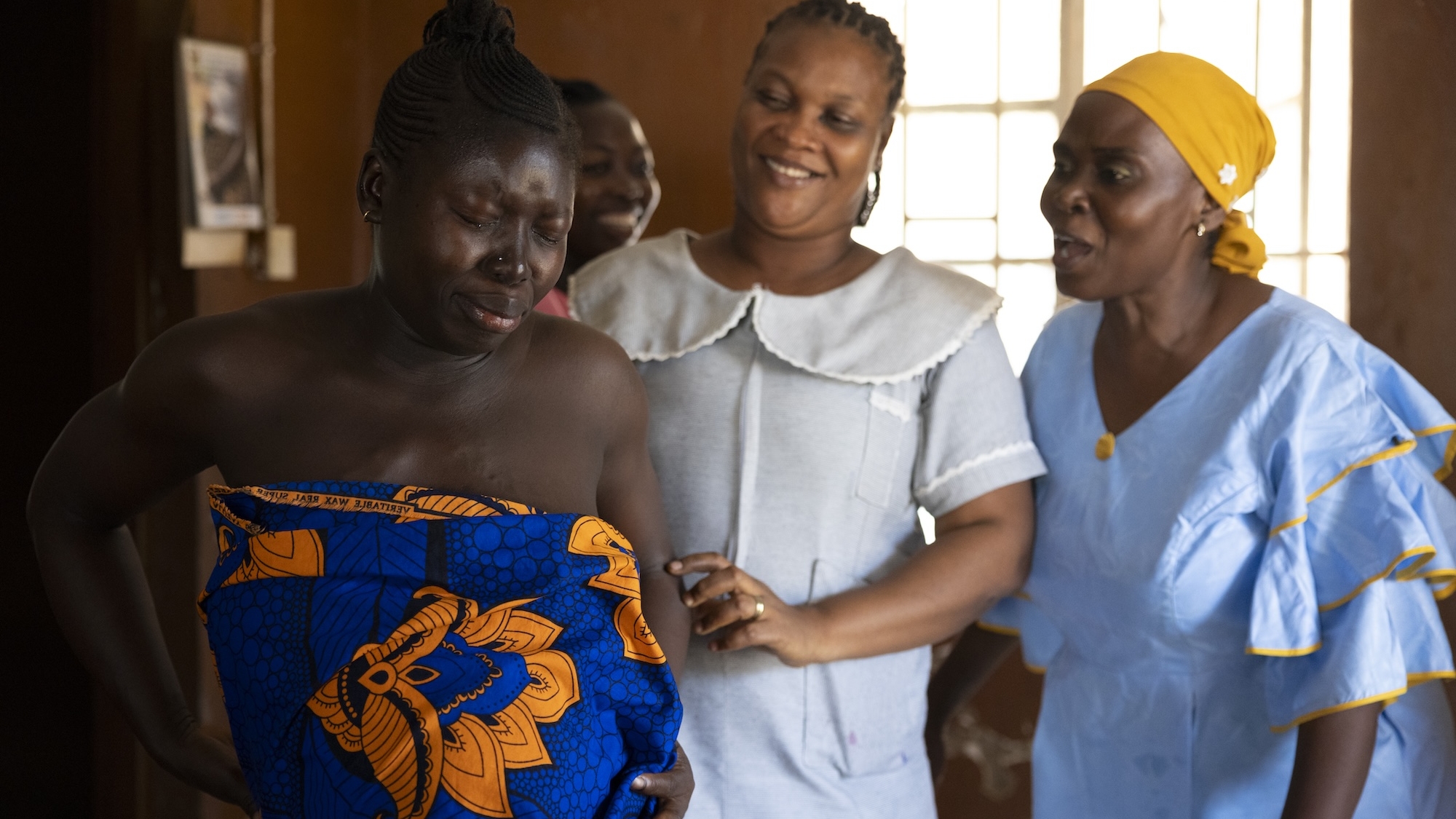Crisis in Yemen: How to Help
Yemen is the world’s worst humanitarian crisis, with 80% of the country’s population requiring some form of assistance to survive. Project HOPE is helping provide the vital support people in Yemen need most. Get the facts about this crisis and learn more about how you can help below.

Yemen is the world’s most severe and devastating humanitarian crisis.
What began as a local conflict in Yemen has spiraled into a six-year civil war that shows little sign of resolution. The war in Yemen is a grave human catastrophe that has taken a massive toll on the most vulnerable: in many areas, women and children lack access to the basic care that can help them survive and live full lives. Today, more than 24 million Yemenis need humanitarian assistance, a number greater than the entire population of the state of New York.
The numbers are staggering: 20 million Yemenis are food insecure, 19 million do not have access to clean water and sanitation, and the worst cholera outbreak in modern history has claimed more than 3,700 lives. According to the United Nations, 13 million people in Yemen are one step away from famine.
Get The Facts: What You Need To Know
Where is Yemen?
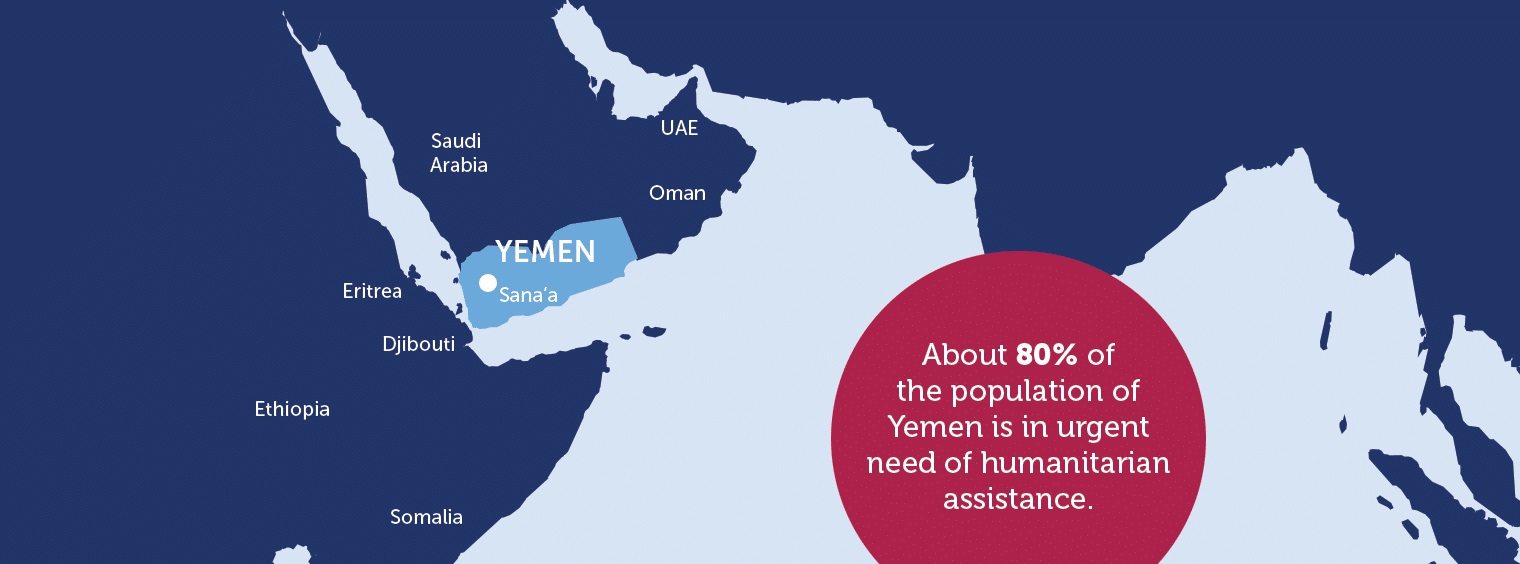
Yemen is located on the southern end of the Arabian Peninsula, with long coastlines that stretch along the Gulf of Aden and the Red Sea. While Yemen is home to the largest expanse of desert in the world, its varied geography ranges from coastal plains to towering mountain peaks.
The ongoing war has exacerbated Yemen’s vulnerabilities; even prior to its current conflict, Yemen has struggled to maintain peace. It is the poorest country in the Middle East and imports about 90% of its food, leaving its people extremely vulnerable to conflict and blockades of its ports.
What is happening in Yemen?
Yemen’s civil war has led to the worst humanitarian crisis on Earth.
The country has been locked in conflict since 2015, when an opposition group from north Yemen, the Houthis, took over the government in Sana’a and ignited a war that has now bled across borders. The war plunged Yemen into crisis: the economy collapsed, diseases like cholera and diphtheria spread, and a health system already ravaged by years of political unrest has struggled under the weight of widespread need.
The humanitarian crisis in Yemen has worsened significantly since 2015, due in part to a naval blockade on vital port cities like Hodeidah. That blockade left millions of people on the brink of famine and facing the deadly threat of cholera.
Though representatives from both sides have held peace talks, thus far no permanent resolution to the conflict is in sight.

How has COVID-19 impacted Yemen?
COVID-19 has compounded an already devastating situation in Yemen, with the U.N. warning that 16 million people — 55% of the country’s total population — could contract the virus. The spread of the virus is a worst-case scenario: millions of people are displaced, much of the country’s population is suffering from malnutrition, hospitals and health systems are decimated, and testing and protective equipment are extremely limited.
Around 20% of the country’s 333 districts have no doctors whatsoever, while the entire nation has just 500 ventilators and 700 intensive care unit beds. Additionally, it’s nearly impossible to get an accurate picture of just how far the virus has spread.
Project HOPE is working to help prevent the spread of COVID-19 inside Yemen. As part of the Humanitarian Alliance for Yemen, we have reached more than 100,000 people in the governorates of Marib, Al Hudaydah, and Taiz with essential PPE, medical supplies, and oxygen to help strengthen the infection prevention and control measures at least eight hospitals.
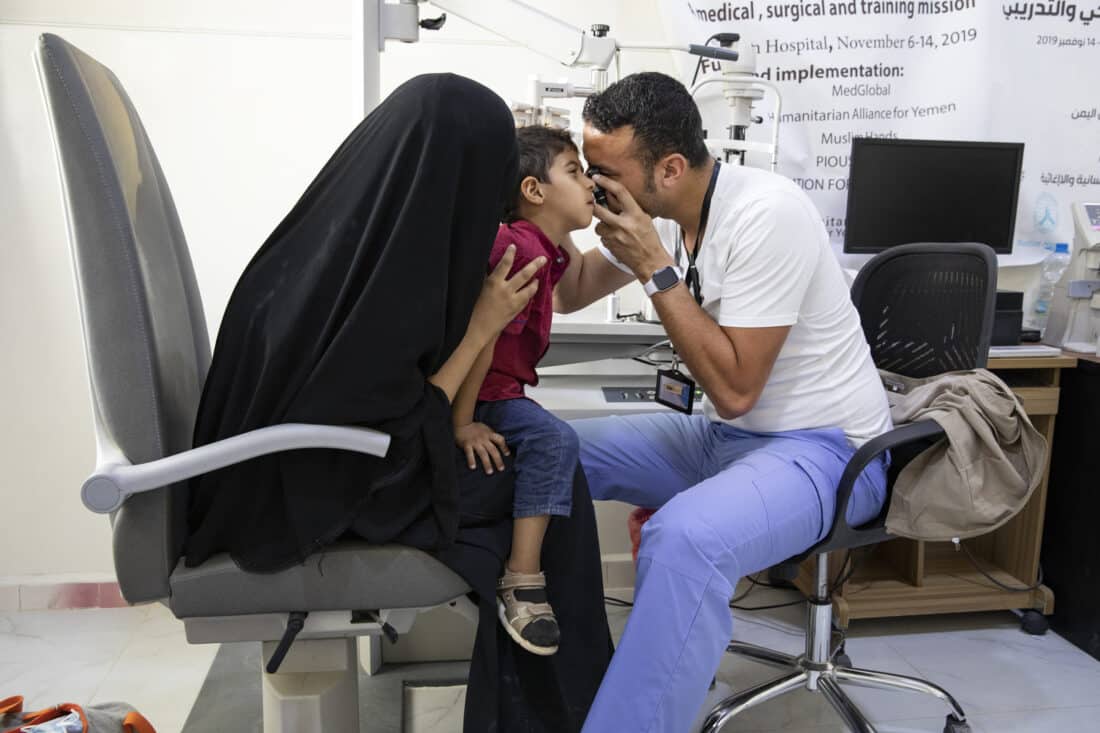
Who is being impacted the most by the war in Yemen?
While no one in Yemen has been left untouched by war, the country’s women and children have been most affected, especially as malnutrition and disease spread. After six years of conflict, millions of people already struggling to meet their daily needs are now on the brink of starvation.
Malnutrition has a compounding effect on children — it has long-term impacts on growth and stunting and makes them more vulnerable to disease. Yemen’s health system, meanwhile, has been completely overwhelmed: hospitals struggle to acquire even basic medicines and supplies, while exhausted doctors and nurses work around the clock to meet the never-ending need. Pregnant women often have no access to hospitals, forcing them to deliver at home with untrained professionals, leading to a high mortality rate.
More than 3 million people require treatment for acute malnutrition — including 2 million children and 1 million pregnant and lactating women. A total of 17.8 million people lack access to safe water and sanitation, while 19.7 million lack access to adequate healthcare.
In total, the U.N. estimates that $4 billion is needed to supply humanitarian aid to Yemen.

What is the greatest need?
With three-fourths of the population requiring assistance, the U.N. has called the needs in Yemen “unprecedented.” Malnutrition, cholera, poverty, displacement, child marriage, and chronic unemployment are all widespread.
Even the most basic needs like food and clean water are at emergency levels: Nearly 18 million Yemenis lack access to clean water, sanitation, or hygiene. Meanwhile, mass displacement and a crippled economy have jeopardized education for 3.7 million Yemeni children.
Poor sanitation and waterborne diseases in Yemen have led to the worst cholera outbreak in modern history, with more than 2.1 million cases reported — 58% of them in children. More than 3,700 people have died due to cholera since 2017. Diphtheria, a vaccine-preventable disease, has spread as displaced children have been forced to go without vaccinations.
Ultimately, the greatest need for Yemen’s people is peace. Until both sides are able to forge a lasting peace agreement, conflict will remain the root problem beneath the massive humanitarian crisis. As U.N. humanitarian coordinator Lisa Grande put it, “Humanitarians cannot solve the conflict in Yemen, only politicians can.”
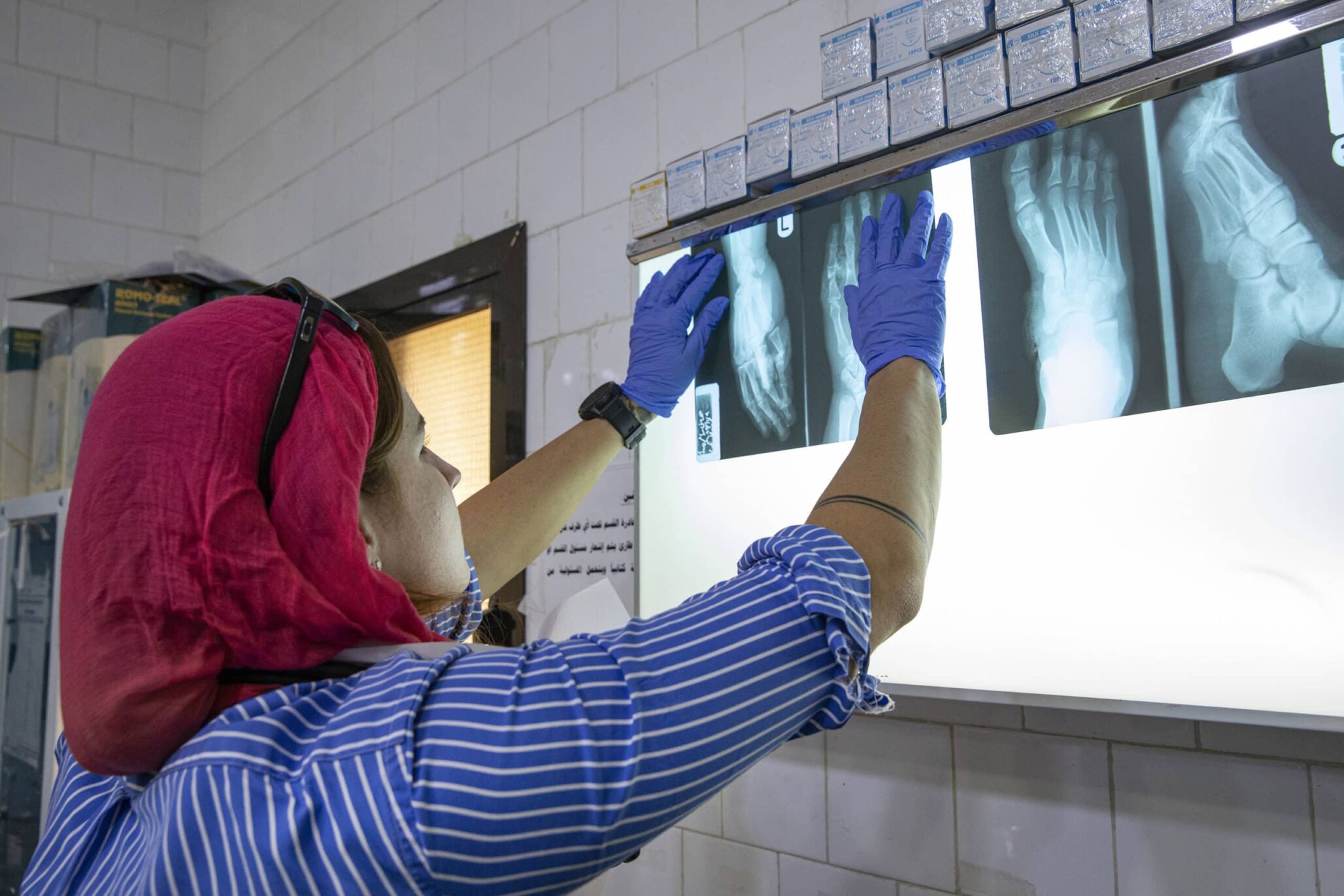
Is there a path to peace?
Several rounds of U.N.-sponsored talks have failed to reach any deal to end the war. Most recently, Saudi Arabia proposed a peace deal in March 2021, though it has not been agreed to. While both sides have said that they favor discussions that bring the war to an end, violence continues to flare, and so far there is no peaceful end to the conflict in sight.
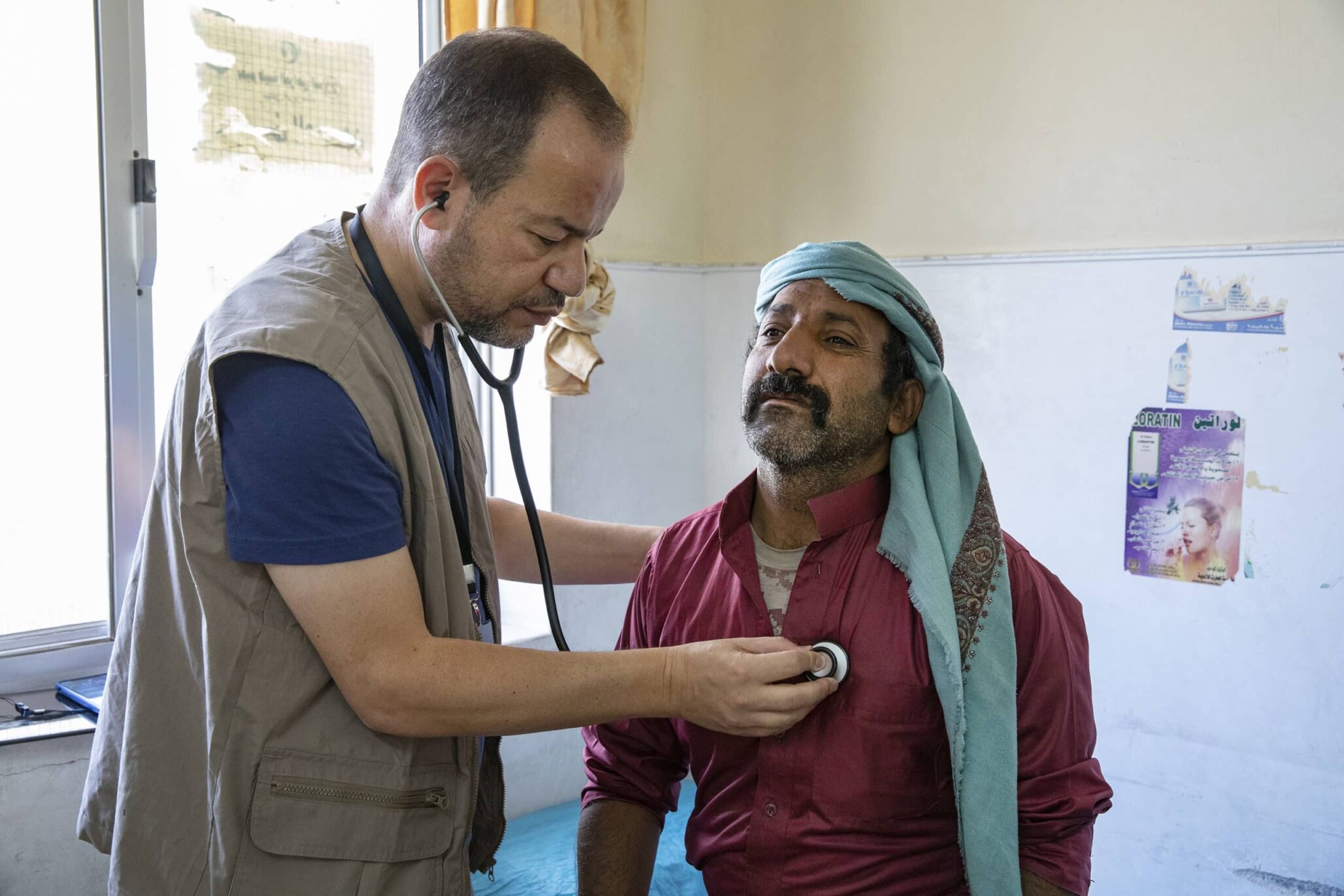
What is Project HOPE doing to help?
In August 2019, Project HOPE announced it was forming the Humanitarian Alliance for Yemen, alongside three other U.S.-based nonprofits: MedGlobal, Pure Hands and United Mission for Relief and Development. Together, the alliance will engage local Yemeni organizations to focus on the hardest-hit communities where malnutrition and disease are rampant. Thanks to this work, food, medical supplies, medicines and critical medical services will be delivered to the people who need it most.
Most recently, Project HOPE helped reach more than 100,000 people inside Yemen with essential PPE, medical supplies, and oxygen to help support infection prevention and control inside multiple hospitals as they treat COVID-19.
In the longer term, the alliance will aim to empower Yemeni communities to support themselves with sustainable programs focusing on rebuilding the health infrastructure and the capacity of Yemeni health workers.

